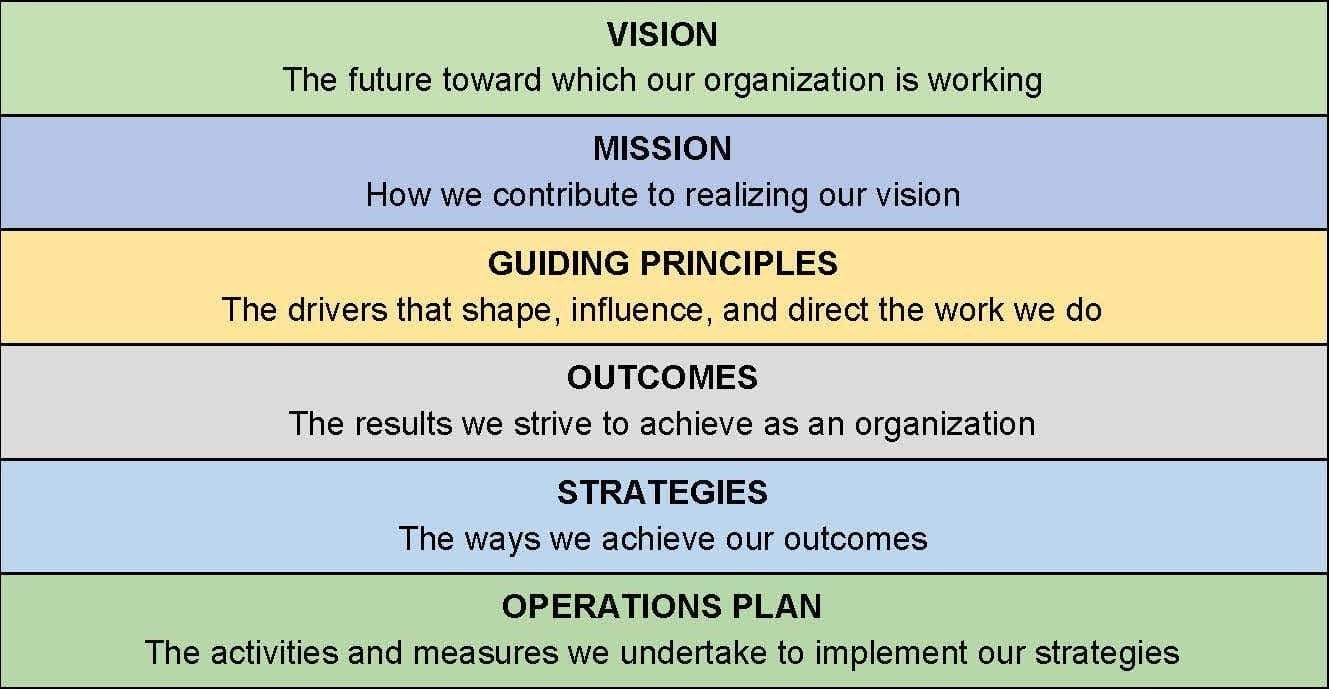 For 76 years, the ESPC has been an important player in social research and advocacy in the Edmonton region and beyond.
For 76 years, the ESPC has been an important player in social research and advocacy in the Edmonton region and beyond.
To build on this strong history, and to guide future success, the ESPC has developed a new Strategic Framework. The Framework defines a bold, new organizational vision that positions the ESPC as the community’s go-to organization for relevant, quality research on social issues.
Developed between October 2015 and March 2016, both board and staff members worked together to identify options for the future of the organization. Mark Holmgren Consulting aided the planning process by providing advice and facilitation assistance through several working sessions. These sessions allowed staff and board members to grapple with defining the way ahead for ESPC. The result is a framework that will guide decision making in the organization and clearly articulates ESPC’s role in the community.
An important component of the framework is a revised mission statement: “Through rigorous research, detailed analysis, and community engagement, we deepen community understanding of social issues, influence policy, and spark collaborative actions that lead to positive social change.”
The Framework also establishes three impact statements—high-level statements that define the organization’s desired outcomes—through our work, we seek to achieve:
- An informed community that is knowledgeable about social issues, challenges, and potential actions;
- An engaged community that works together to determine priorities and organize efforts; and
- A changed community that benefits from positive social change.
A set of guiding principles help to describe the type of organization we strive to be. For example, the Framework directs the ESPC to be an independent and nonpartisan organization that prioritizes research that can lead to action. The plan also prioritizes working with diverse partners and ensuring a wide range of audiences can access our reports.
The Framework also defines a set of strategies to guide the operational activities of the ESPC. These strategies confirm the Council’s leadership role in conducting and disseminating research to help Edmontonians understand current issues, policies, and potential courses of action. The strategies also reaffirm our commitment to work in partnership with other organizations to leverage resources and achieve shared goals.
The Framework defines several strategic shifts for the organization. For example, the Framework directs the Council to focus on supporting learning outcomes and capacity building for our partner organizations. The Framework also commits to enhancing the way we share information, whether through online forums or in-person events.
Moving forward, the Framework will guide the development of an operations plan and a communications strategy for the organization. Click here to download the ESPC 2016 Strategic Framework.

 Edmonton’s 2016 living wage: $16.69 per hour
Edmonton’s 2016 living wage: $16.69 per hour For 76 years, the ESPC has been an important player in social research and advocacy in the Edmonton region and beyond.
For 76 years, the ESPC has been an important player in social research and advocacy in the Edmonton region and beyond.